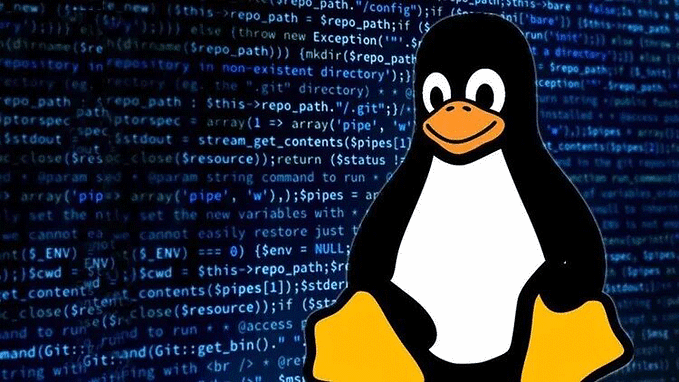Unfolding NJ RAT 0.7NC & 0.6.4
| NJRAT Malware analysis

Executive Summary
This version {0.7NC} of NJRat was first seen on 17 August 2023 with the name utah-Robert-magazine- speaker. It was delivered by email using phishing. Red Packet Security defines NJRat as a type of remote access trojan (RAT). This malicious software can do a range of things, like recording keystrokes, accessing the victim’s camera, stealing saved login information from web browsers, creating a way for attackers to control the victim’s computer from a remote location, transferring files to and from the victim’s computer, seeing what’s on the victim’s screen, making changes to files, processes, and the Windows registry, and even allowing the attacker to update, remove, restart, close, disconnect, or change the name of their attack campaign.
This analysis comprises two samples labeled as NJ RAT 0.7NC and 0.6.4. The 0.7NC variant introduces a novel method for evading analysis, while 0.6.4 is responsible for managing all other malicious activities.
High-Level Technical Summary
NJRAT is a sophisticated malware that operates in two primary stages. The initial stage involves phishing and obfuscation tactics. In August 2023, security experts first encountered malware, which was distributed via email in the form of a malicious and highly obfuscated VBS (Visual Basic Script) file embedded in documents.
Upon execution, this VBS file performs deobfuscation and reveals a PowerShell script. Within this script lies a base64-encoded DLL (Dynamic Link Library). Once the script successfully decodes the DLL, it proceeds to invoke the “VAI” method within the DLL. This marks the beginning of malware’s further exploitation and malicious activities.

Initial Stage
This stage consists of deobfuscation and decoding of real dll and invoking the binary.2
SHA256
vbs = 5f66c7336f8469a6ab349a3f0f3f7aca1b483f2f2a8b4ad71af79ff51a8aad6b
dll = 153c9ffe148909981900c59c2ccba8ef66f94688ce7ab5e01e3a541937a31294
.VBS
The initial executable comprises a VBS file containing obfuscated PowerShell code. After modifying the VBS file and revealing the de-obfuscated PowerShell code, we can observe its initial command in the terminal. This command involves pinging localhost for a dynamic delay, followed by the self-copying of the executable to the startup folder. This technique is employed to achieve persistence, ensuring that the executable runs every time the device starts up.

This is the command which copy the malicious file in startup folder for future purposes.
cmd.exe /c ping 127.0.0.1 -n 10 & powershell -command [System.IO.File]::Copy(‘’,’C:\Users\’ +
[Environment]::UserName + ‘\AppData\Roaming\Microsoft\Windows\Start Menu\Programs\Startup\.vbs’)
To See how it gains persistence and how it have its own language when it communicate with the C2 visit following link. I have moved this blog to my personal website.










